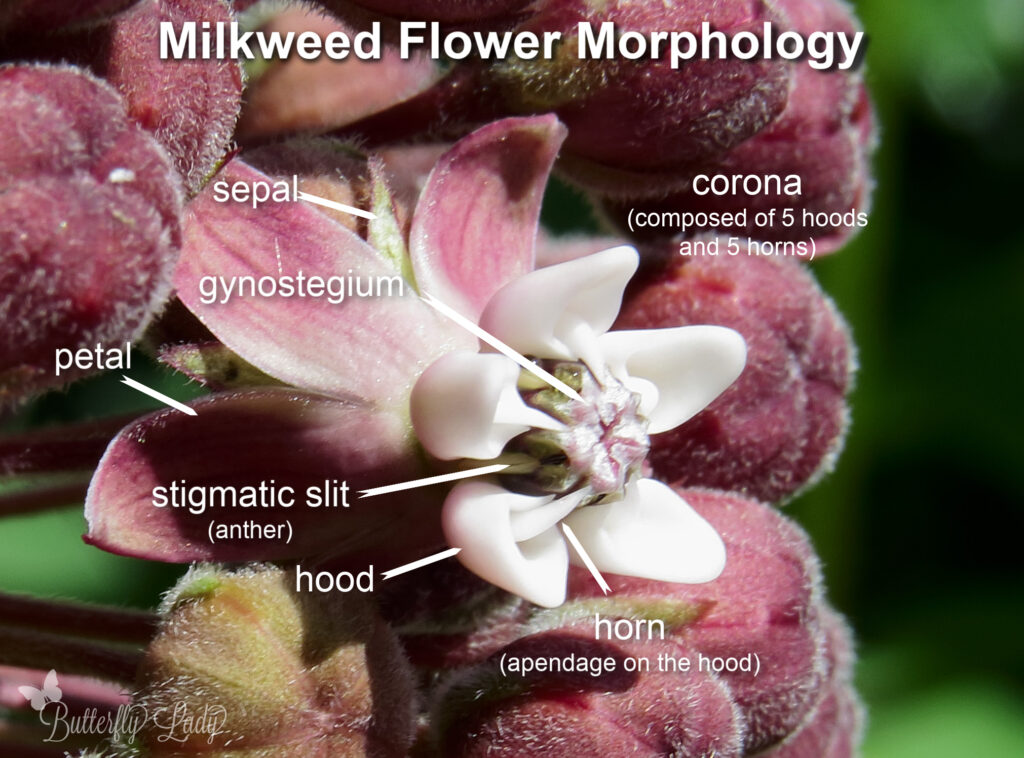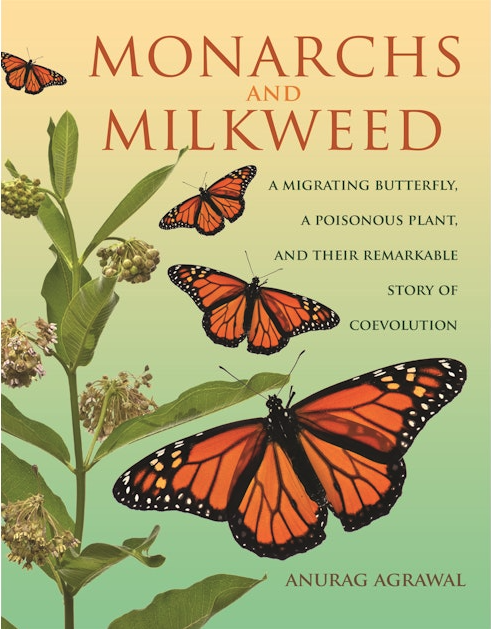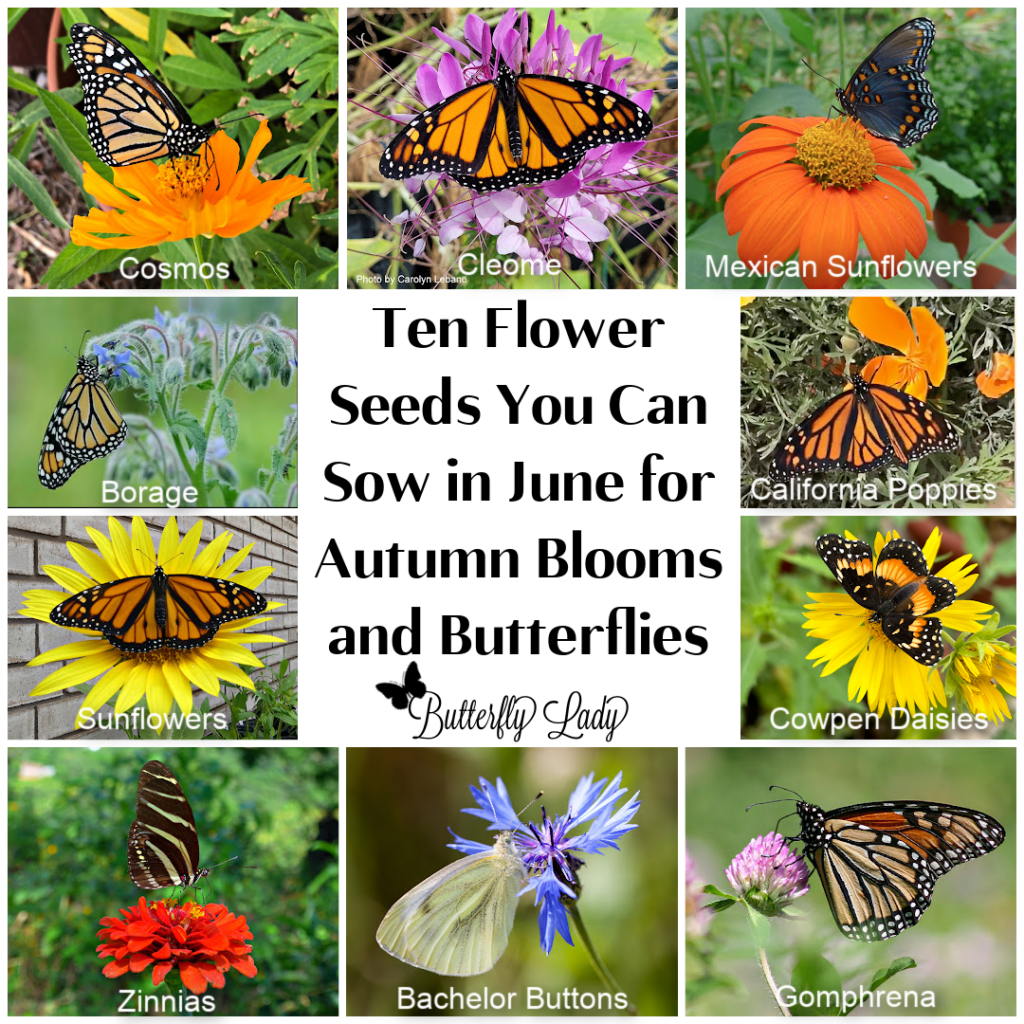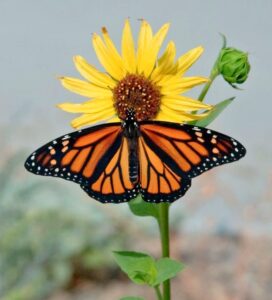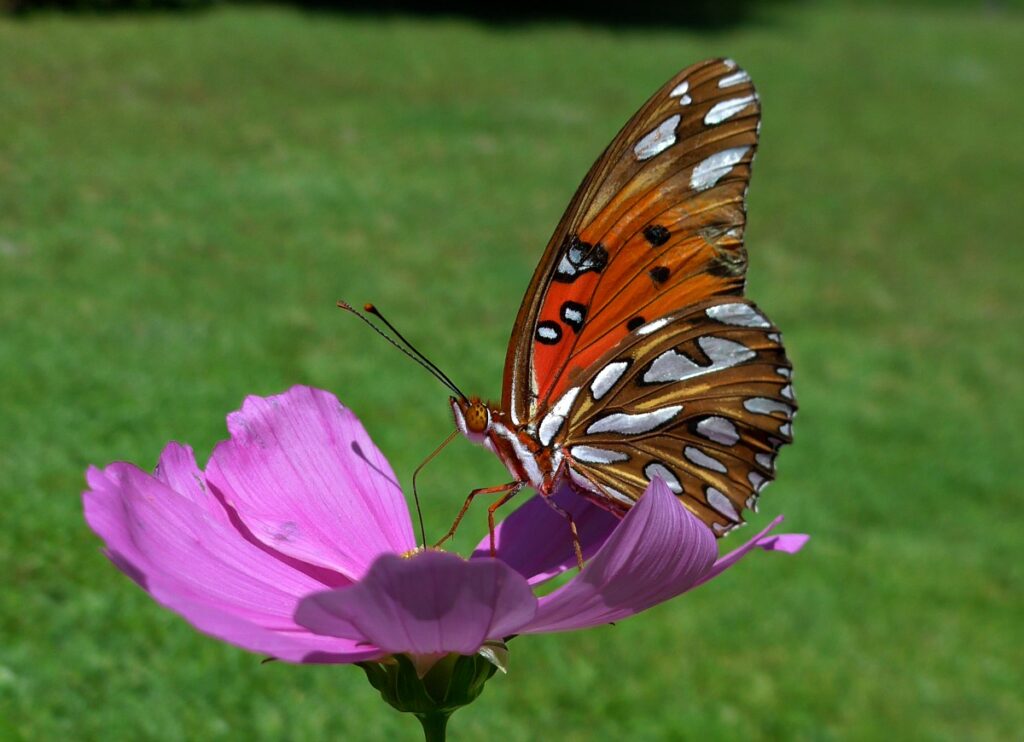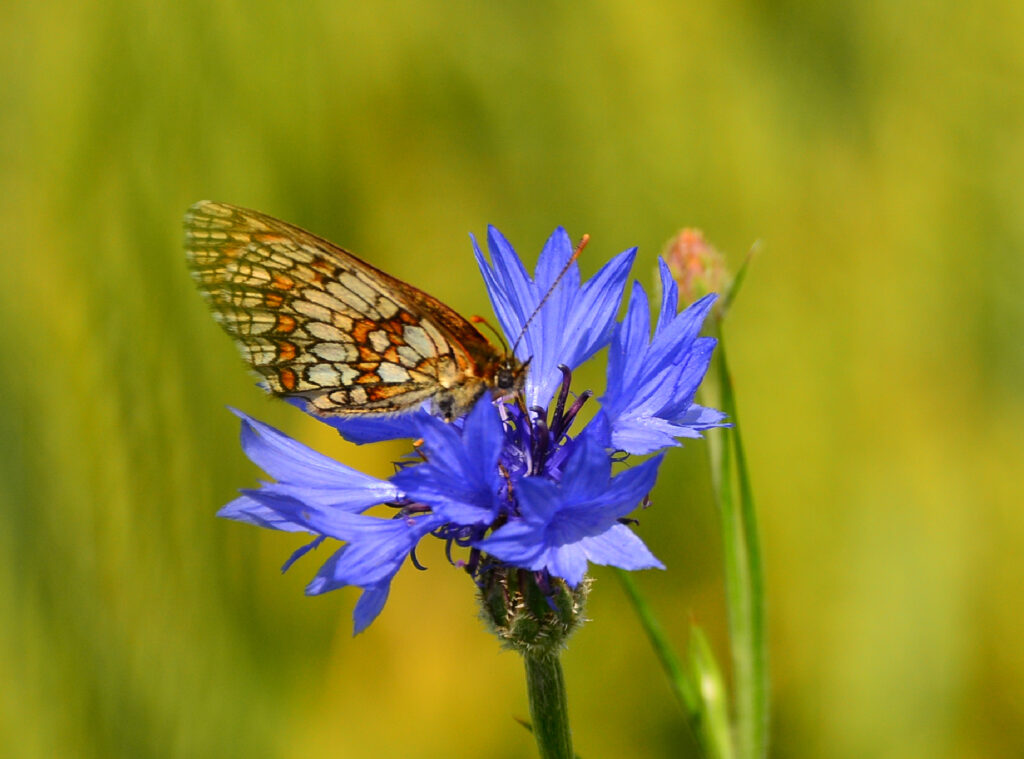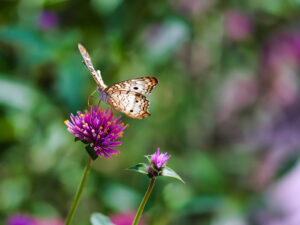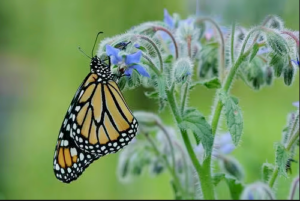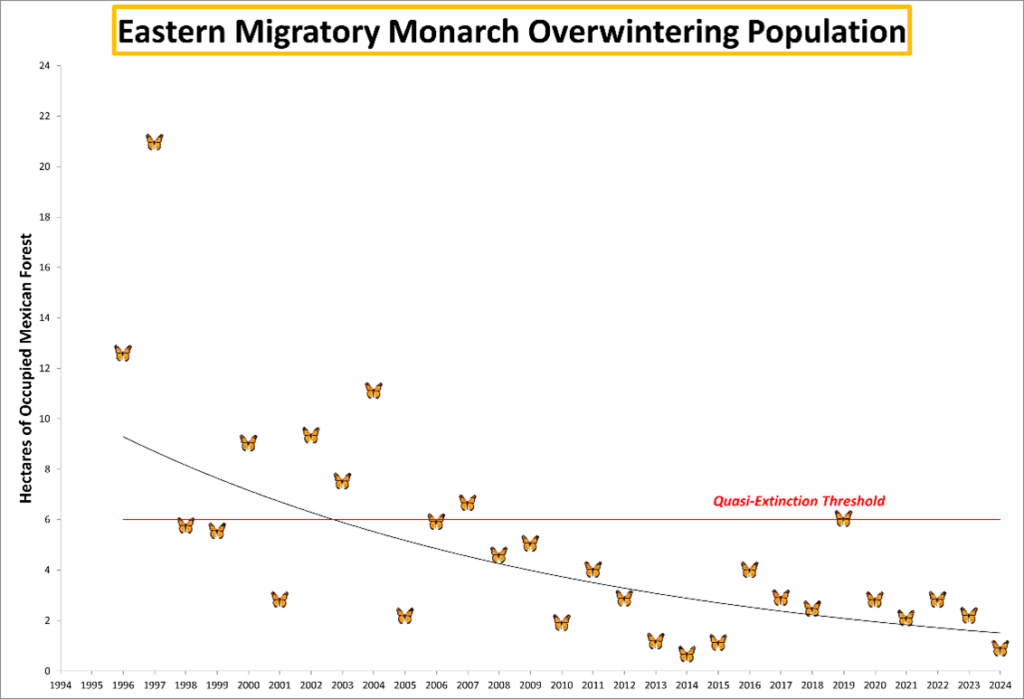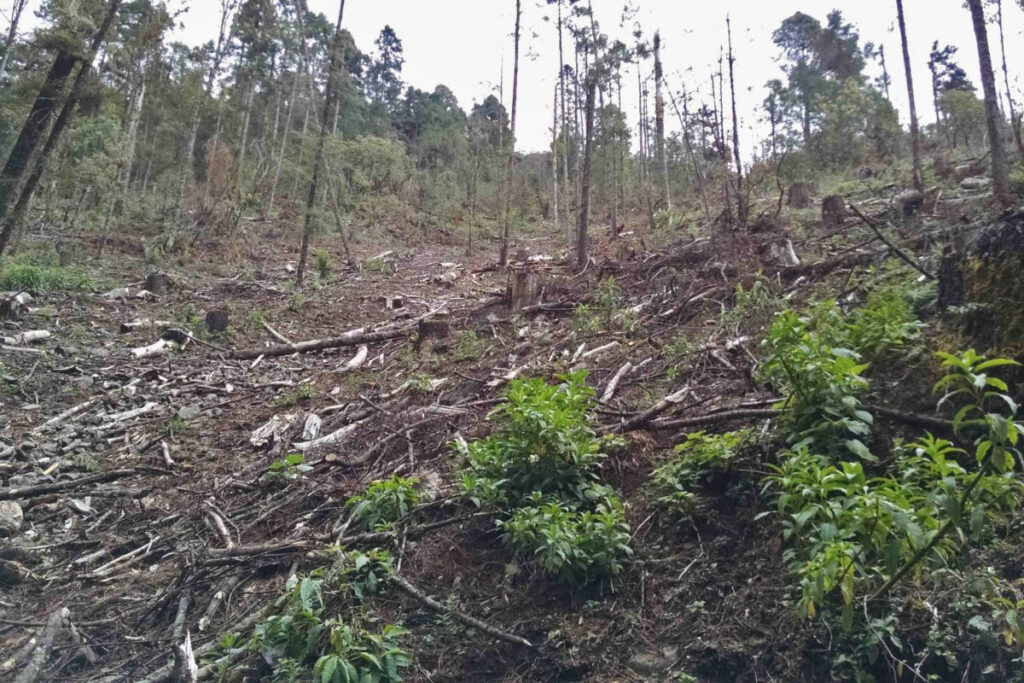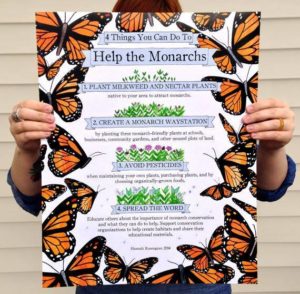Native plants offer several benefits, making them a great choice for landscaping and gardening. Choose native plants that thrive in your specific region. They’re adapted to local ecosystems, which means they’ll require less water, fertilizer, and maintenance.
Pollinator populations have declined significantly in recent years, mainly due to habitat loss. Homeowners can help by creating pollinator-friendly gardens. Here are some of the best native pollinator plants to include in your yard.
Aster (Symphyotrichum spp.)

This North American native with cheerful daisy-like flowers provides a food source for many pollinators at a time of year when other food sources are scarce. Endangered monarch butterflies feed on the nectar in preparation for their journey south.
Zones: 3-10, depending on variety
Exposure: Full sun to partial shade
Height/Spread: 1 to 6 feet tall, 1 to 4 feet wide
Bloom time: Summer to fall
Blazing Star (Liatris spp.)

This native has flowers spikes that provide nectar and pollen for a wide range of bees, butterflies and beneficial moths. The larvae of liatris flower moth feed on the flowers and seeds, while liatris borer moth larvae eat the stems.
Zones: 3-9, depending on variety
Exposure: Full sun
Height/Spread: 1 to 5 feet tall, 6 inches to 2 feet wide
Bloom time: Summer to fall.
Bee Balm (Monarda spp.)
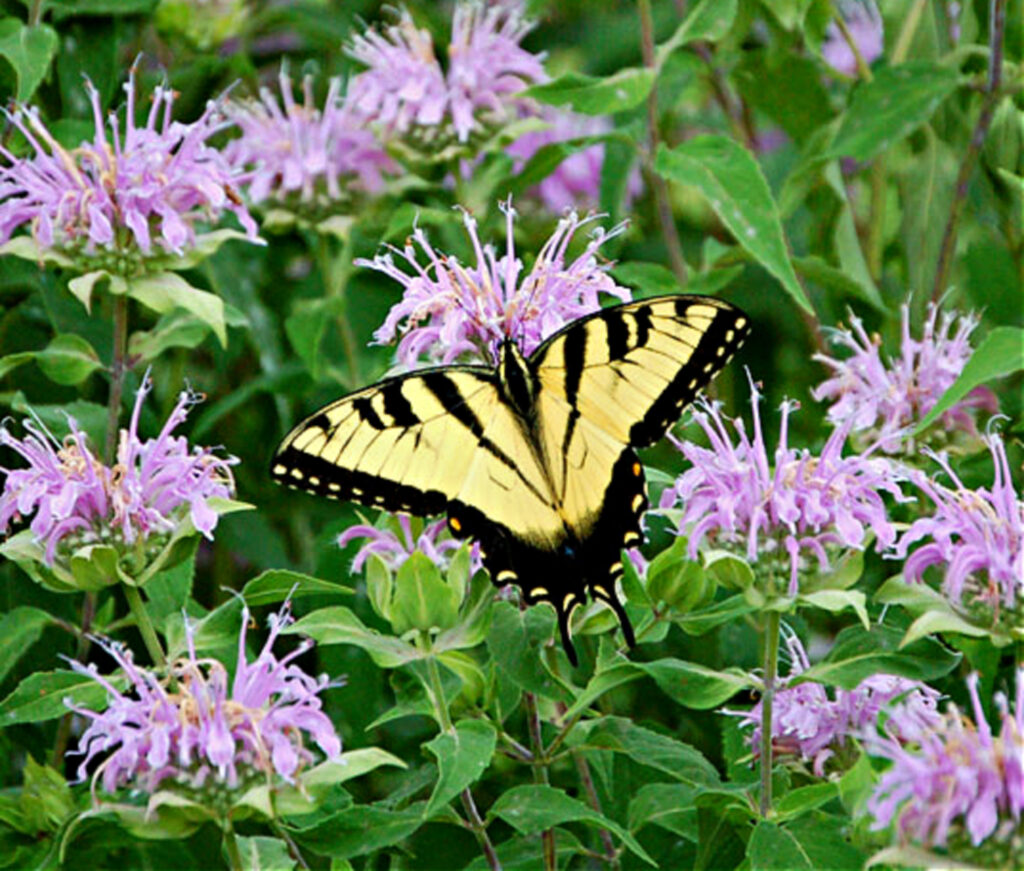
Whorls of red, purple, pink, or white tubular flowers provide a steady source of food for bees, butterflies, and hummingbirds.
Zones: 3-9
Exposure: Full sun to partial shade
Height/Spread: 1 to 4 feet tall, 1 to 3 feet wide
Bloom time: Late spring to fall
Black-eyed Susan (Rudbeckia spp.)
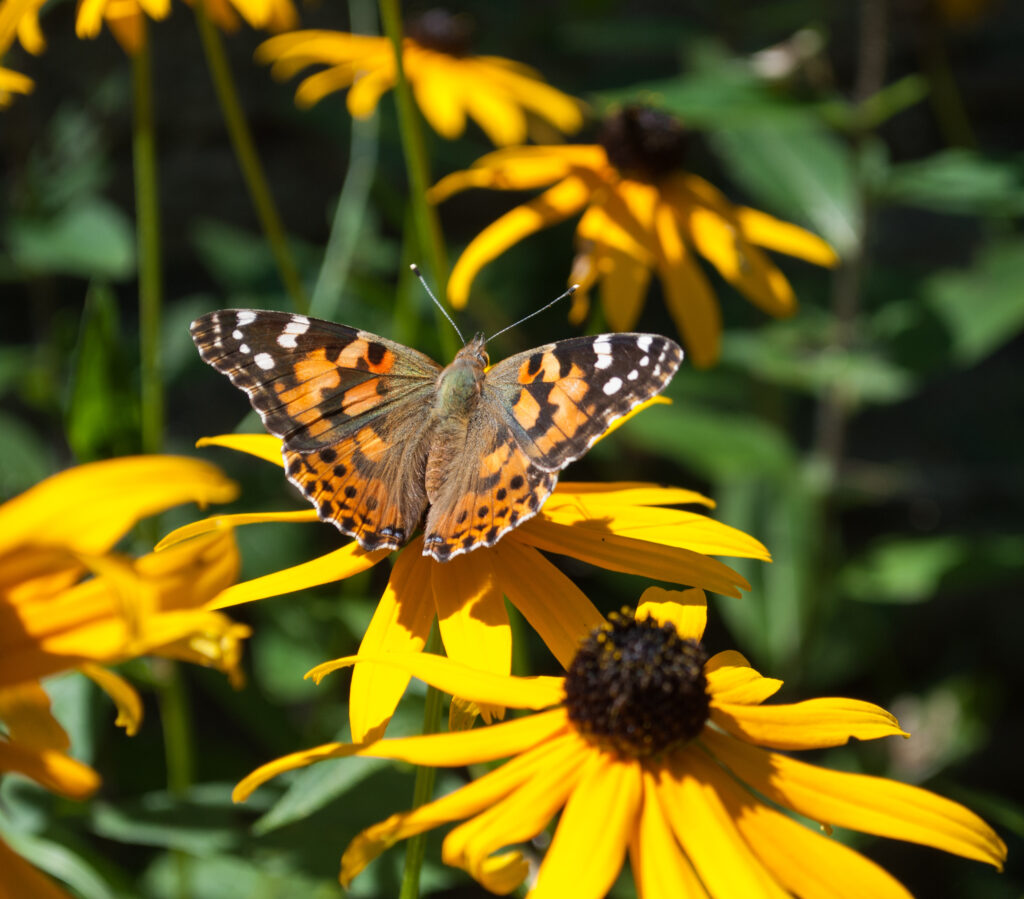
Rudbeckia has a prolonged bloom time that attracts butterflies and other pollinators. The late season seed heads attract finches and other birds. It is a larval host plant to Wavy-lined Emerald (Synchlora aerata) and to Silvery Checkerspot (Chlosyne nycteis) butterflies. It is an important nectar plant for fall-migrating monarch butterflies.
Zones: 3-9, depending on variety
Exposure: Full sun to partial shade
Height/Spread: 1 to 3 feet tall, 1 to 3 feet wide
Bloom time: Late spring to fall
Blanketflower ( Gaillardia spp.)

Famous for its cheerful color and extended bloom time, draw nectar-loving bees and insects, while their seeds attract granivorous birds like sparrows and finches.
Zones: 3-9, depending on variety
Exposure: Full sun
Height/Spread: 24-30 inches , 24 inches wide
Bloom time: Mid-summer to fall
C0lumbine (Aquilegia spp.)

Hawkmoths and bees are attracted to this native and migratory hummingbirds fuel up on the nectar during their journey north.
Zones: 3-9
Exposure: Full sun to partial shade
Height/Spread: 8 to 36 inches tall, 8 to 24 inches wide
Bloom time: Mid-spring to early summer
Coneflower (Echinacea spp.)
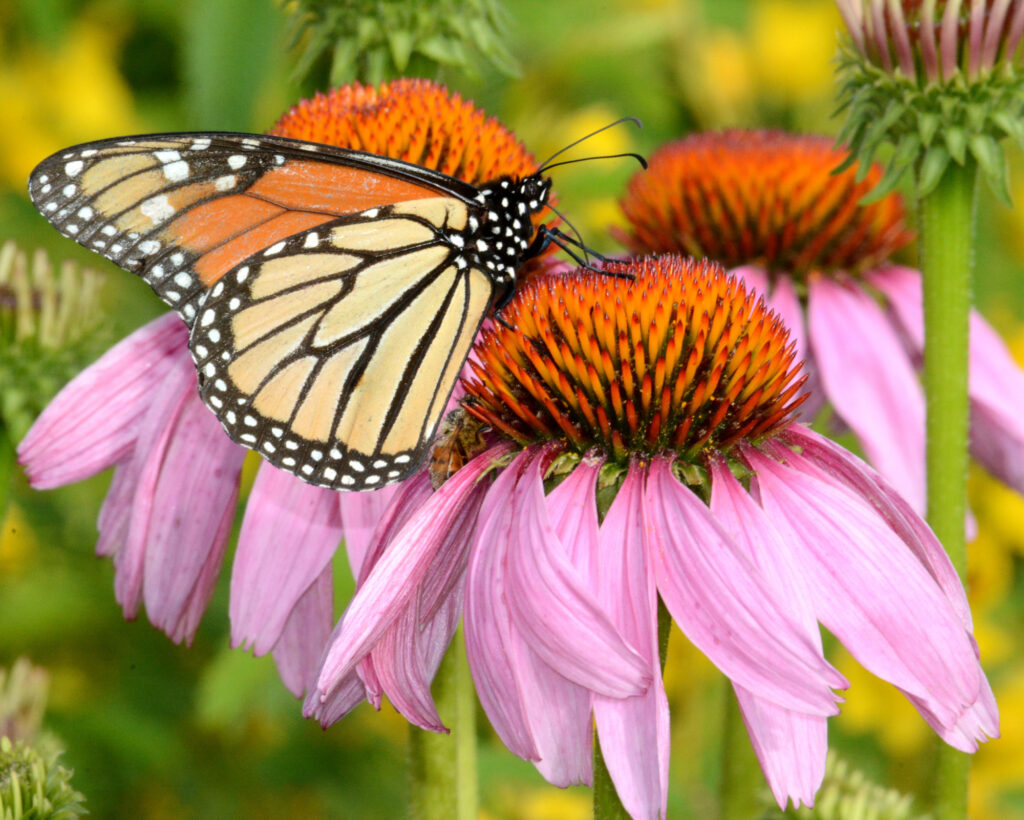
This native with cone-shaped flowers in an array of colors is one of the best summer bloomers for supporting a wide range of pollinators. Butterflies including monarchs, fritillaries, swallowtails, and painted ladies feed on the sweet nectar.
Zones: 3-9
Exposure: Full sun
Height/Spread: 1 to 5 feet tall, 1 to 2 feet wide
Bloom time: Summer
Goldenrod (Solidago spp.)
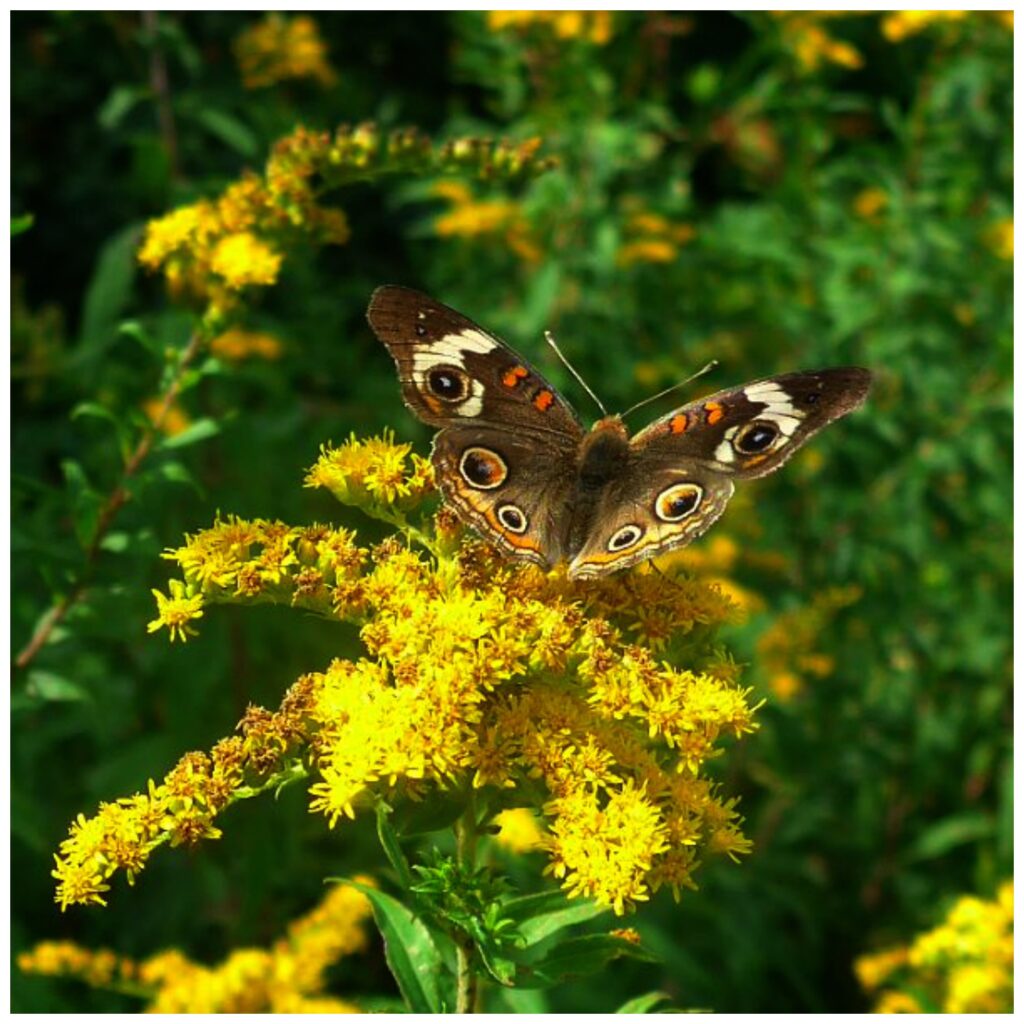
Goldenrod is an essential native plant with yellow flower plumes that support late season pollinators such as native bees, bumble bees, honey bees, butterflies, beetles, flies, moths, and wasps.
Zones: 3-8, with some to Zone 9
Exposure: Full sun to partial shade
Height/Spread: 1 to 7 feet tall, 1 to 6 feet wide
Bloom time: Late summer to fall
Hyssop (Agastache spp.)

The lavender nectar-rich flowers are highly attractive for butterflies, bees and hummingbirds.
Zones: 3-10, depending on variety
Exposure: Full sun
Height/Spread: 3 to 8 feet tall, 1 to 3 feet wide
Bloom time: Mid-summer to fall
Ironweed (Vernonia spp.)

Ironweed is a magnet for butterflies and is listed by the Xerces Society as having special value to native bees. Ironweed is the larval host plants for the Ironweed Borer moth.
Zones: 3-10, depending on variety
Exposure: Full sun
Height/Spread: 2 to 8 feet tall, 3 to 5 feet wide
Bloom time: Mid-summer to fall
Joe Pye-weed (Eutrochium spp.)
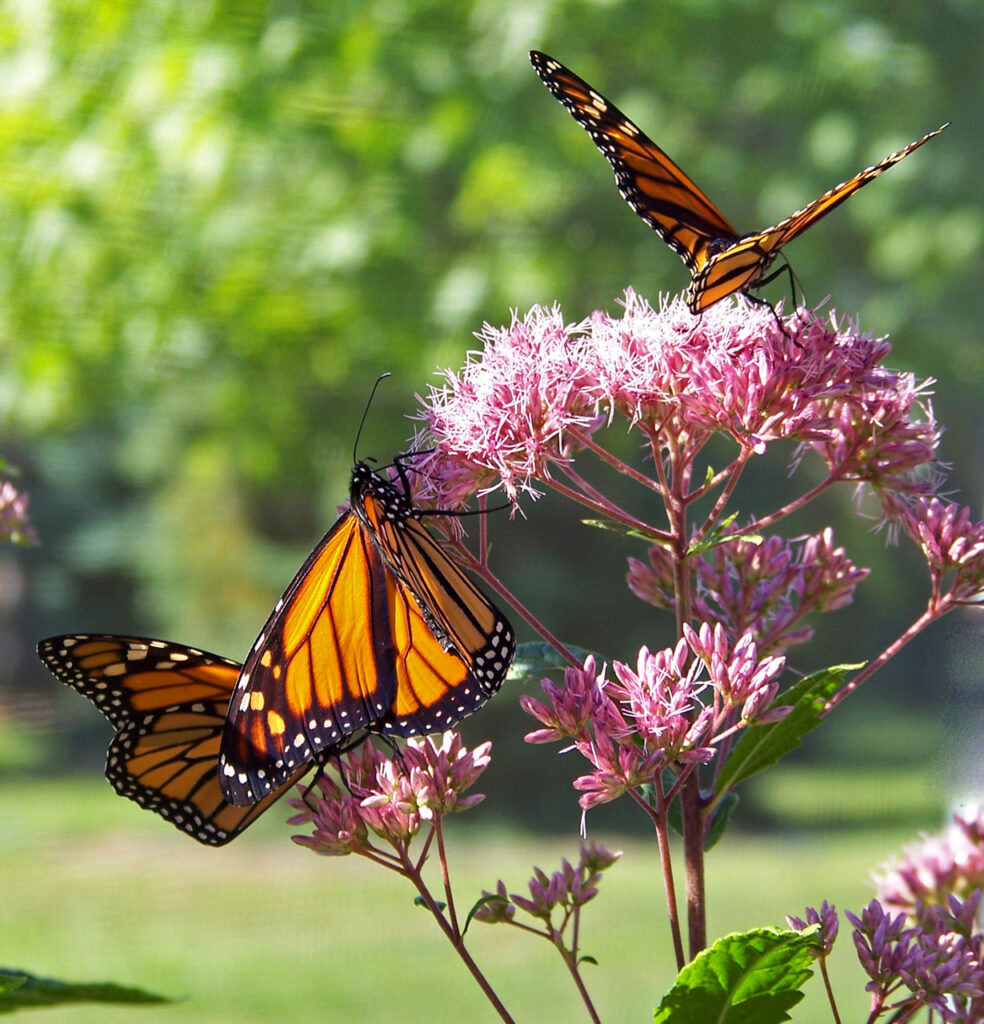
The showy flowers of this native plant are an essential late season food source for hummingbirds, bumble bees, honey bees, wasps, and butterflies such as swallowtails, skippers, red admirals, and fritillaries. Migrating monarch butterflies feast on the nectar-rich flowers as they make their journey south.
Zones: 3-9, depending on variety
Exposure: Full sun to partial shade
Height/Spread: 3 to 8 feet tall, 1 to 5 feet wide
Bloom time: Mid-summer to fall
Milkweed (Asclepias spp.)

Milkweed is one of the most important pollinator-friendly plants and the sole food source for monarch butterfly larvae. The flower nectar, pollen, and leaves are food sources for a wide range of bees, wasps, hoverflies, beetles, butterflies, and moths.
Zones: 3-9, depending on variety
Exposure: Full sun
Height/Spread: 1 to 6 feet tall, 1 to 3 feet wide
Bloom time: Summer
Salvia (Salvia spp.)
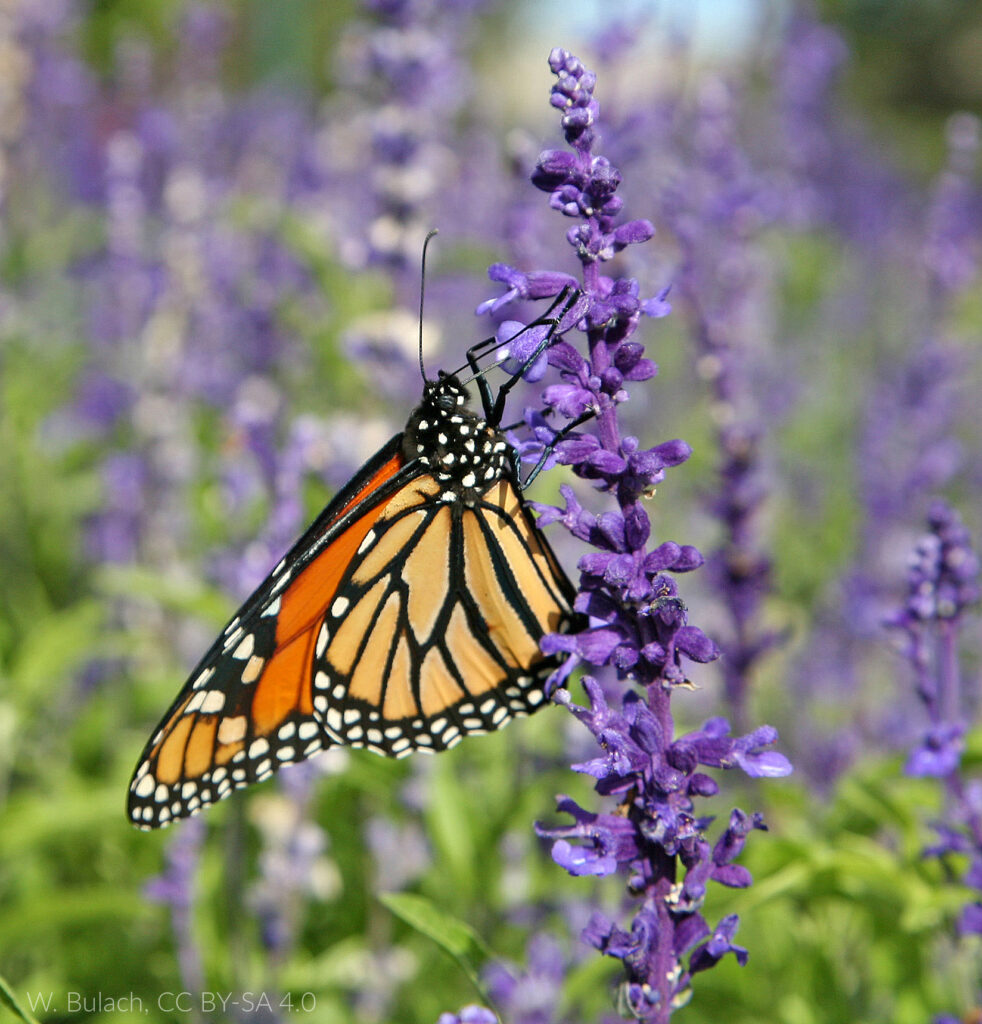
Salvia is a mint relative with nectar-rich flowers that appeal to a wide range of pollinators. The colorful tubular or open-faced flowers attract hummingbirds, butterflies, native bees, bumble bees, and honey bees.
Zones: 4-10, depending on variety
Exposure: Full sun
Height/Spread: 1 to 5 feet tall, 1 to 6 feet wide
Bloom time: Late winter to fall, depending on variety
Tickseed (Coreopsis spp.)
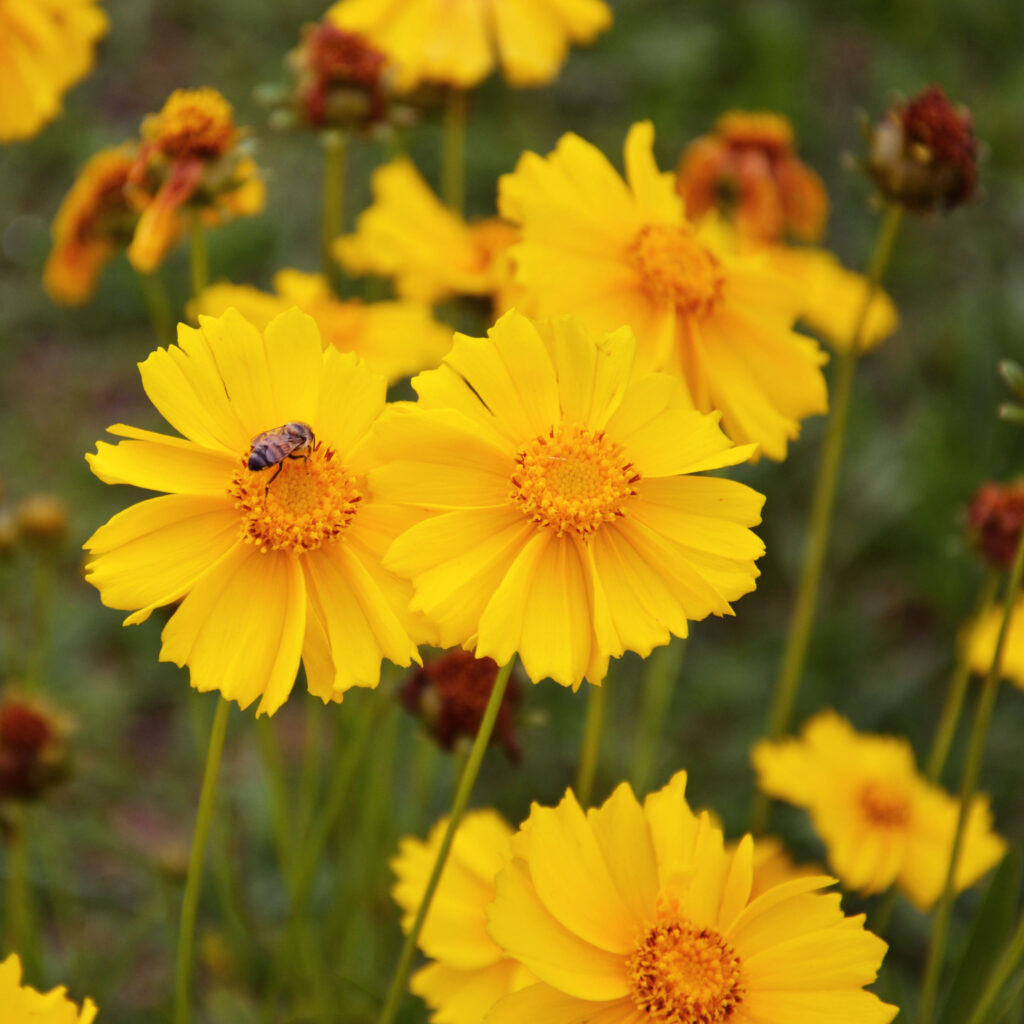
The cheerful disc-shaped flowers provide a continuous source of nectar. Pollinating insects that feast on the flowers include carpenter bees, leaf cutter bees, long-horned bees, and sulphur butterflies.
Zones: 3-9
Exposure: Full sun
Height/Spread: 1 to 4 feet tall, 1 to 3 feet wide
Bloom time: Late spring to fall, depending on the variety
Verbena (Verbena spp.)
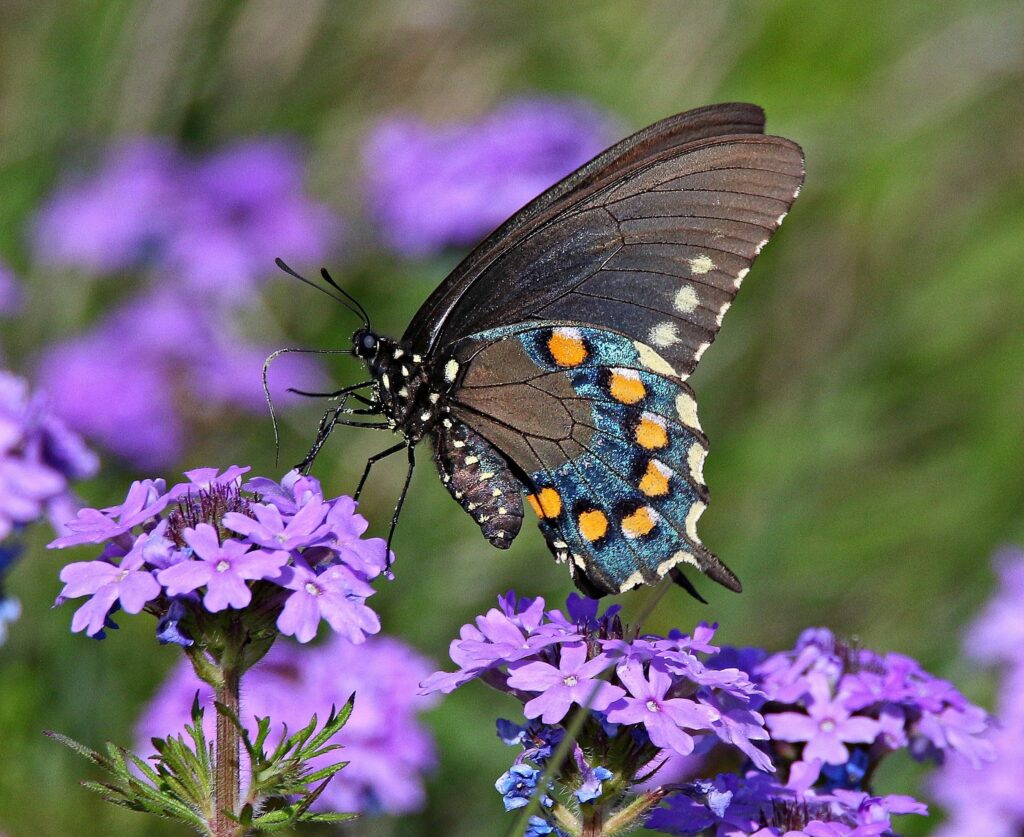
The nectar-rich flowers are a feast for the butterflies.
Zones: 3-9
Exposure: Full sun, partial shade
Height/Spread: 6-12 inches tall/ 12-36 in. wide
Bloom time: Spring-fall, depending on variety



